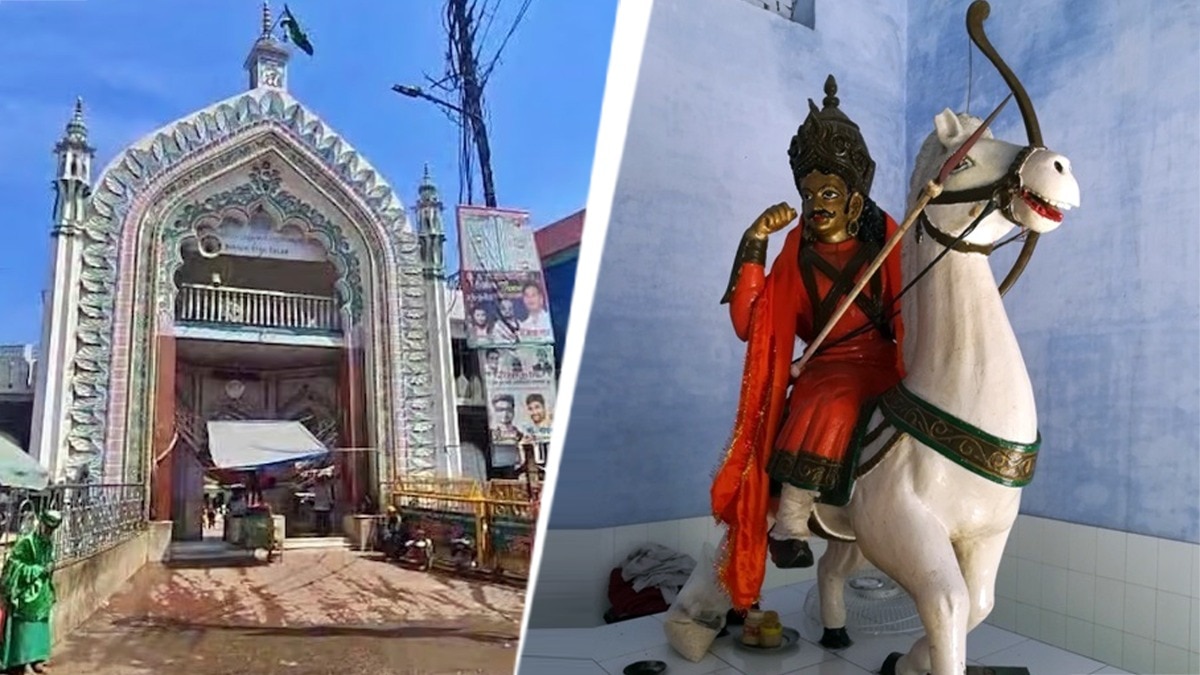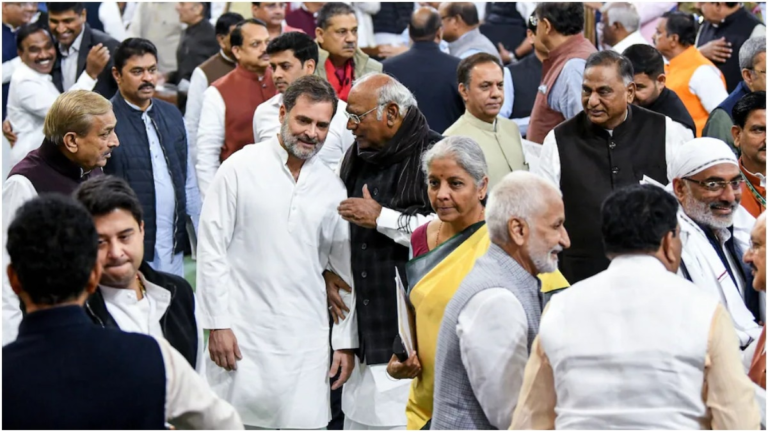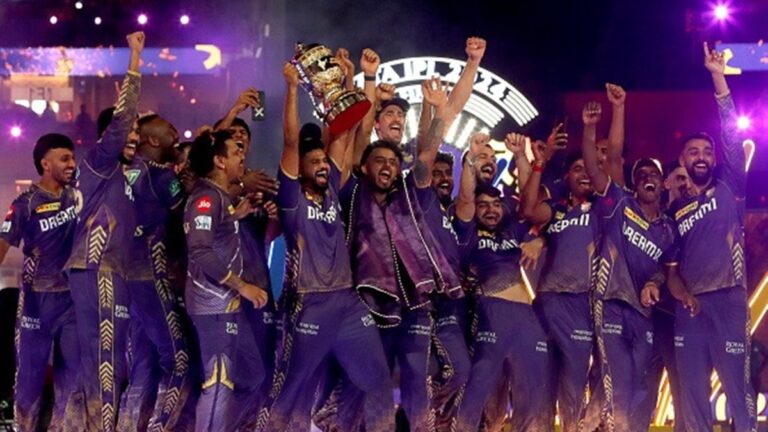Two fairs, two characters … the controversy over the tomb and the fair and the full story of Jung from Maharaja Suheldev’s Ghazi Salar – Ghazi Saiyyad Salar Masud and King Suhaldev of Shravasti Neja Mela and Jeth Mela Ntcppl
In Maharashtra, a controversy has started in Uttar Pradesh in the midst of a dispute related to the tomb of Mughal ruler Aurangzeb. In fact, the Sambhal administration of Uttar Pradesh has banned the Neja fair. Let us know that Maharaja Suheldev, along with 21 other small kings, killed Ghazi Syed Salar Masood in a war in a war with 21 other small kings on the banks of Chittaora Lake near Bahraich district headquarters in 1034 AD. Maharaja Suheldev buried the body of Syed Salar Masood in Bahraich itself.
Syed Salar Masood Mahmud was the nephew of Ghaznavi and was also a commander. Neja Mela is a traditional fair to be held in Sambhal, Uttar Pradesh, which was held in memory of Syed Salar Masood Ghazi. This time the Sambhal administration has banned this fair. The fair was named “Neja” because it is worshiped by decorating a high bamboo or wooden pole (Neja). It was considered a symbol associated with the grave of Masood.
Every year a big fair is held in Bahraich in Jeth month (May-June). This fair is held at the Dargah of Syed Salar Masood Ghazi, where his grave is located. This fair is also called Jeth Mela or “Ghazi Mian Ka Mela”. Now Hindu organizations have also demanded a ban on this fair.
Two fair, two characters
Parallel to the Jeth Mela, “Vijayotsav Day” is also celebrated in honor of Maharaja Suheldev near Chittaura Lake in Bahraich, which is in memory of his victory over Salar Masood. The event takes place in the early days of the Jeth Fair.
Both Neja Mela and Jeth Mela are associated with Salar Masood and Maharaja Sudelde, but in recent times they have been questioned on historical and religious grounds. While one party considers them part of the Sufi tradition, the other side connects them with foreign invasion.
Uttar Pradesh Chief Minister Yogi Adityanath said on Thursday without naming Syed Salar Masood that the world is praising the eternal culture of India. It is the responsibility of every citizen to do so. No invader should be glorified. Today’s India will not tolerate glorification of invaders, the glory of Akrana means treason.
At the same time, Sambhal MP Ziaurrahman Burke has described Syed Salar as Sufi saint.
ALSO READ: ‘Sufi saint was Salar Masood Ghazi, dismiss the officer who has fallen wrong’
Who was Maharaja Suheldev?
Maharaja Suheldev was a powerful king of Shravasti, whose rule was spread over Bahraich and surrounding areas.
In history, he is known for waging guerrilla war against Mahmud Ghaznavi’s huge army.
This war had such an impact that Islamic invaders did not come towards this region for the next several decades.
Suheldev invader Mahmud Ghaznavi was so saddened by the robbery and destruction of the grand Somnath temple that he decided to gather small kings as well as small kings of various communities like Tharu and Banjara to stop the invasion. His army defeated and killed Ghazi Salar Masood, the commander and nephew of Mahmud Ghaznavi in Bahraich. This war took place in 1034.
Maharaja Suheldev is also mentioned in the 17th-century Persian Persian language description ‘Mirat-e-Masudi’. According to Mirat-e-Masudi, he was the son of Moradhwaja, the king of Shravasti and a skilled warrior. Suheldev is remembered for his valor and organization capacity. When Syed Salar Masood attacked Bahraich, Suheldev united the local kings and formed a powerful alliance. Some sources suggest that Masood’s army was large and equipped, but Suheldev’s strategy and local support gave him an edge. It is said that this alliance included 21 kings, including the ruler of Bahraich, Shravasti, Lakhimpur, Sitapur, Lucknow and Barabanki. The people of Rajbhar and Pasi community consider themselves descendants of Maharaja Suheldev.
What is the story of Syed Salar
Syed Salar Masood Ghazi is said to be the nephew of Mahmud Ghaznavi. Ghajanvi was an invader of the 11th century. Historical sources show that Syed Salar Masood Ghazi was born in Ajmer. And he was a commander in the army of Mahmud Ghaznavi.
It is said that he participated in many campaigns with his uncle Mahmud Ghaznavi. In 1033 AD, Salar Masood reached Bahraich with his army. In 1034, he collided with Maharaja Suheldev.
There are two opinions about Syed Salar’s image. In some stories, he is described as a cruel invader, who destroyed the temples and tortured the local people, while in other stories he is depicted as Sufi saints.
Masood’s necklace, death and dargah
After being defeated in the war, Syed Salar Masood was buried in Bahraich itself. His followers created his grave, which later turned into a tomb. Today this place is famous as “Ghazi Mian Ki Dargah” and a fair is held here every year, which includes people from both Hindu and Muslim communities.
(tagstotranslate) ghazi saiyyad salaar masud






